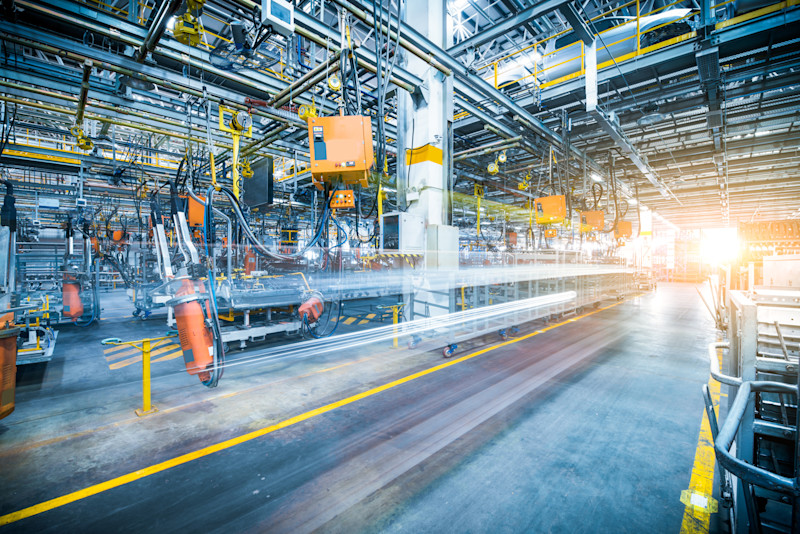Lights-out manufacturing is receiving a fair amount of press due to its promise of complete automation. The thinking is that if some automation is good, complete automation is even better! However, for most manufacturers, it is more realistic to think in terms of lights-out processes rather than all-encompassing lights-out manufacturing. That said, FANUC has been operating as a lights-out factory since 2001. Approximately 50 robots are built in every 24-hour shift, and production can run unsupervised for as long as 30 days at a time. In the United States, lights-out manufacturing has slowly been transforming the plastic injection molding sector, and U.S. companies have gained global market share due to lower costs and increased quality.
Makuta Micro Molding, for example, which specializes in micro injection molding and micro mold tooling, produces millions of zero-defect micro-to-small sized parts monthly for the medical, pharmaceutical, microfluidics, and automotive industries using lights-out manufacturing. According to the company, humans are required only to set up the machines for each production run.
Despite the many benefits of automation – reduced labor costs, extra machining hours, lower energy requirements, higher quality output, fewer worker accidents – fully automating a plant is only cost effective for a large production volume over a long period of time. This is because designing a lights-out manufacturing process is a complex, resource-intensive process which requires detailed upfront planning in process development and validation as well as the setup and management of probing routines, robots and grippers, remote monitoring systems, and machine and tool maintenance.
Vertical vs. Horizontal Machining Centers
Although any CNC machine tool can be automated, horizontal machining centers (HMC) are easier to automate than vertical machining centers (VMC). Automating a VMC is more challenging because it requires a robot to load and unload parts, a conveyor to move raw material in and machined parts out, an automated pallet system, and an effective way to remove chips from the work area, such as a chip conveyor and high-pressure coolant system. A management system for cutting tools is also necessary to regularly check cutting tool inserts for breakage and wear, confirm that tools are running properly, and ensure the position of the tool table. Additionally, spindle or turret-mounted probing is necessary to validate workpiece placement and for in-process measurement.
Each machine must have several extra tool stations. Fortunately, most machine builders today provide options for massive tool magazines and centralized tool storage systems. This makes it easy for CNC machine programmers to call up replacement cutting tools at predetermined intervals or when the probing system indicates there is a problem.
Remote monitoring sensors and software are obviously critical in case something goes wrong. If production cannot be stopped quickly, there can be significant damage to machines and thousands of dollars’ worth of scrap parts.
In a lights-out manufacturing operation, workers are still required to manage the facility, plan production to meet demand quotas, and program equipment. It is also very likely that additional skilled workers will need to be hired as production increases through fully automated processes.






